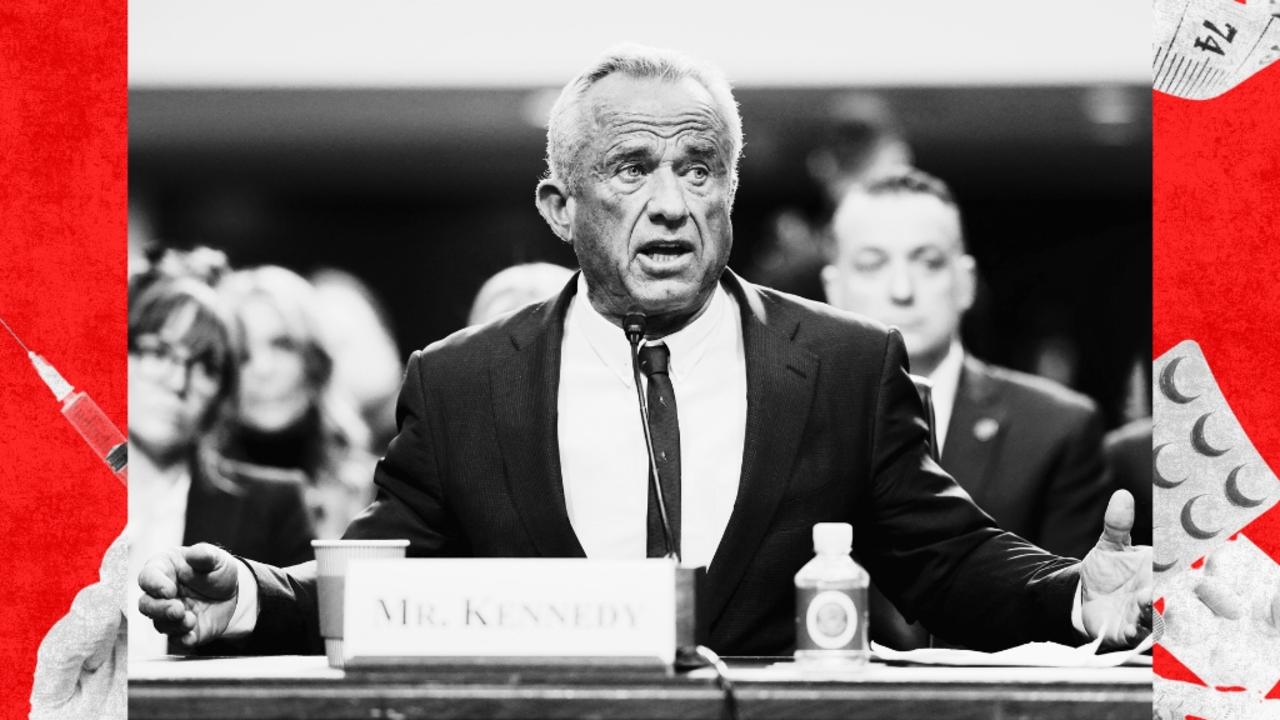Young Ukrainians using war heroes on TikTok to rally recruits
As draft-dodging and desertion become increasingly common in a war-weary nation, two brigades are using social media and QR codes to buck the trend.
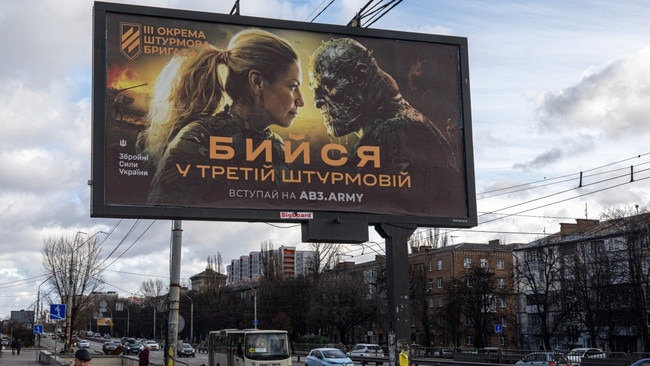
Slight, soft-spoken and fresh out of university, Lieutenant Yaroslava Kashka seems an unlikely figure to strike fear into the hearts of Russian troops – but she is the brains behind a successful recruitment campaign for the Ukrainian unit they dread most: the Azov Assault Brigade.
Her tactics, as well as those of a lesser-known sister unit, the 3rd Assault Brigade, highlight how Kyiv can still mobilise motivated troops.
President Volodymyr Zelensky has lowered the conscription age from 27 to 25 in the face of Russian plans to draft 300,000 soldiers on June 1, but after two years of war and heavy casualties, on top of a pre-existing demographic crisis, Ukraine is struggling to fill the ranks and rotate exhausted troops.
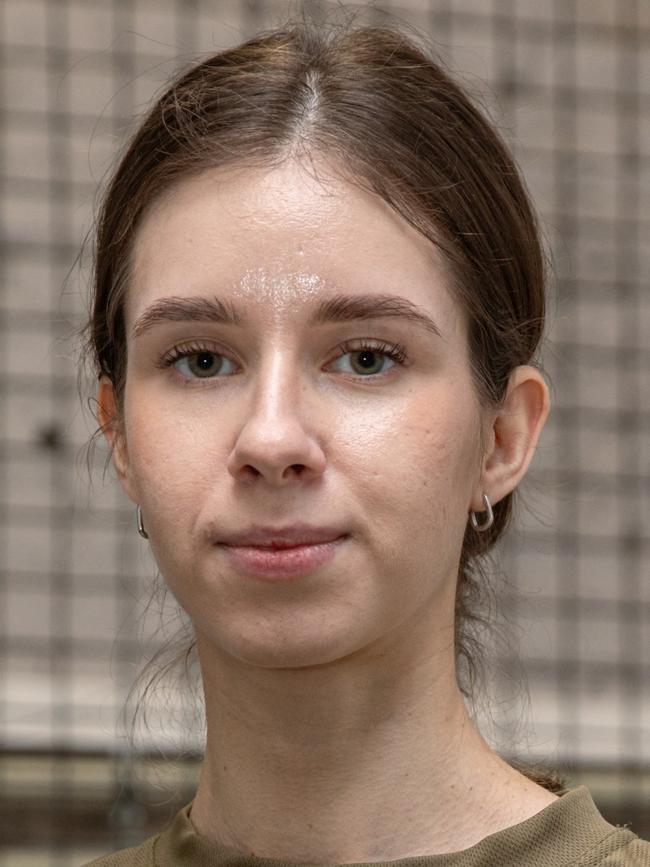
Draft-dodging and desertion are increasingly common, with desperate officers resorting to force: dragging demotivated men off the streets and sending them into battle, creating a vicious cycle of fear and low turnout for enlistment.
Two brigades are bucking this trend to recruit hundreds of volunteers, thanks to young, social media-savvy recruitment teams. “A lot of Ukrainians wanted to join us because we are a different type of armed force,” Kashka, 23, said at a packed event where civilians had gathered to meet survivors of the three-month Russian siege of the Azovstal steel plant in 2022. “We are not like the old-style Soviet army, we are a new type of Ukrainian army with a spirit of brotherhood.”

The marketing graduate’s team of 15 cameramen, copywriters and designers has built on a brand established over a decade of fighting, first in President Vladimir Putin’s hybrid war on the Donbas, then during the siege of their home town, Mariupol. Their slick videos on TikTok and other sites revel in their soldiers’ exploits, building the profile of heroes they can deploy at real-world events.
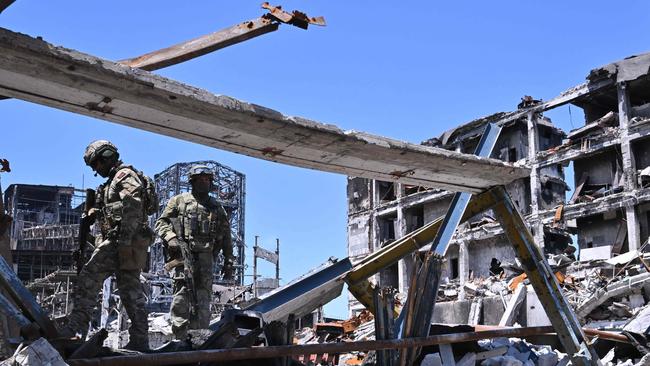
About 10 per cent of audiences sign up after they have had a chance to listen to veterans’ war stories in person and shake their heroes’ hands, Kashka says. Two or 3 per cent of those will be women, although the brigade restricts them to non-combat roles. Recruits are promised first-rate training, equipment and medical care, and membership of a community for life. “We don’t push aggressively, everything is about trust,” Kashka said.
Azov does not accept conscripted men. For recruits, the reassurance they will only be sent into battle when they are ready, protected by motivated men and properly looked after should they be wounded, is all important.
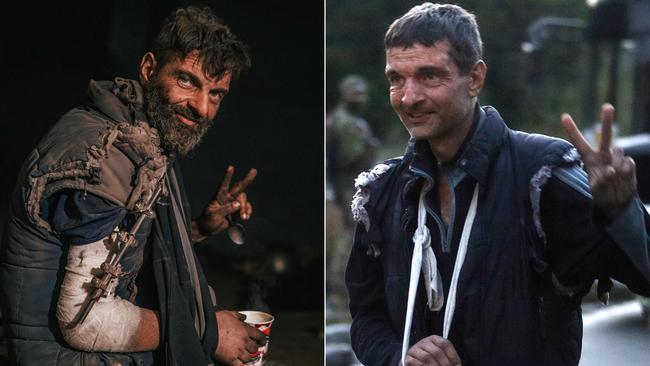
A newer unit formed by former Azov officers, the 3rd Assault Brigade, advertises heavily in the capital, with posters plastered across billboards and a sticker on the cashier of every barber shop.
Online, YouTube adverts interrupt the viewing habits of their young, male target audience to remind them their peers are serving at the front. Cinema-style posters hold out the promise of heroism for all, showing stylised soldiers in glasses and women facing off against computer-generated “Orcs”, or Russian soldiers.
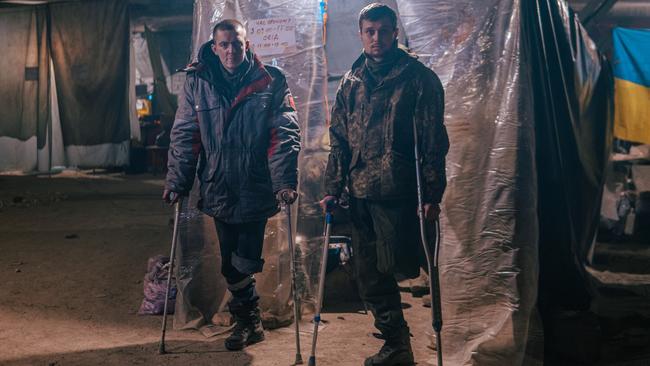
Combat medics are the pride of the 3rd Assault and Azov, and are credited with helping nearly all their soldiers survive their wounds. Where drafted soldiers frequently complain they need to crowdfund their weapons and body armour, the 3rd Assault Brigade guarantees their men will have the best equipment available, thanks to their own crowdfunding efforts.
Honesty, openness and free choice are at the core of their success, says Lieutenant Dmytro Doroshenko, the 3rd Assault Brigade’s chief recruitment officer. “We spend a lot of time talking with them and offering positions – repairmen, engineers, infantry and so on,” he said. “It’s not like ‘That’s it, you’re coming with us’.”
The Times


